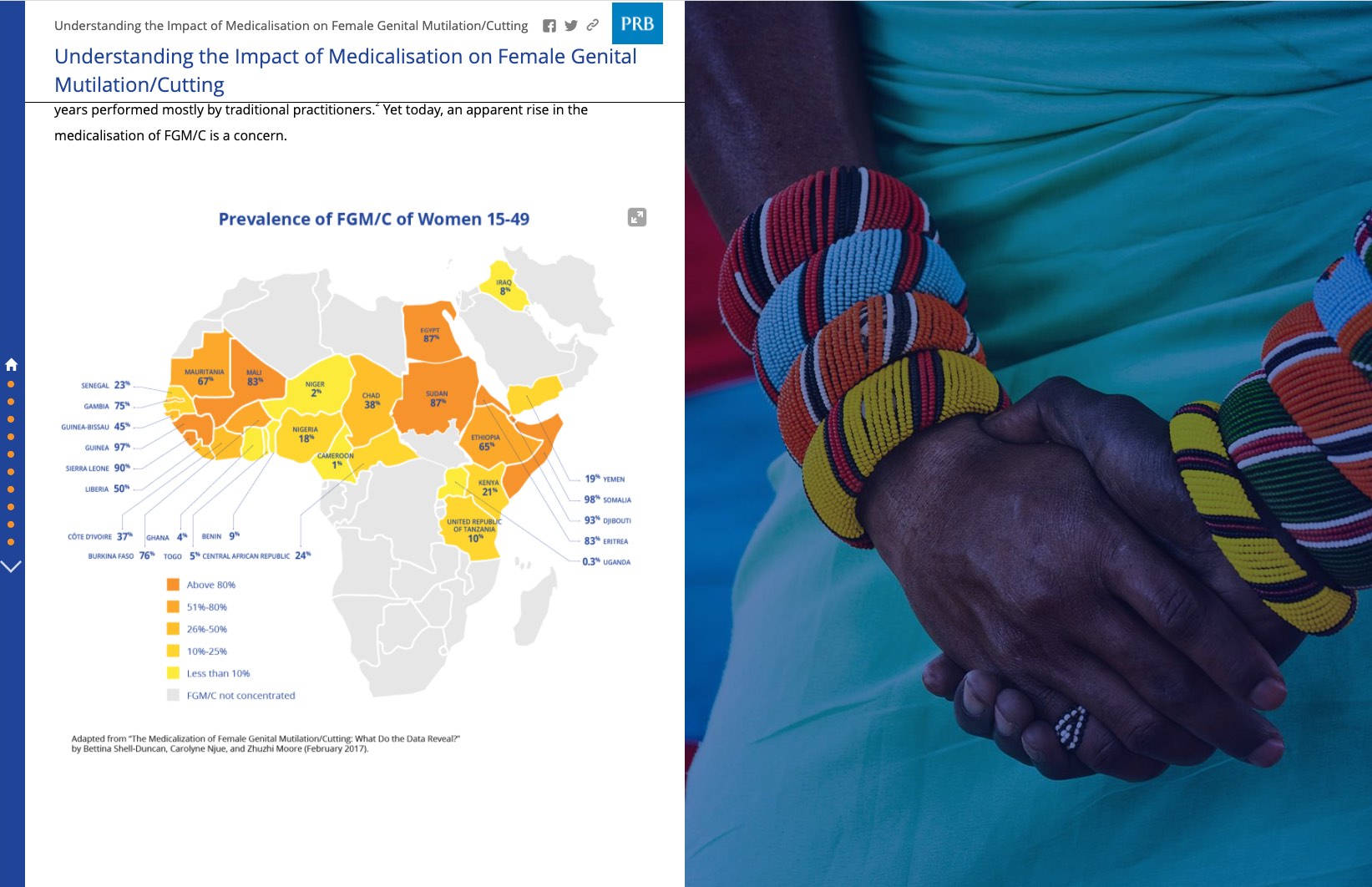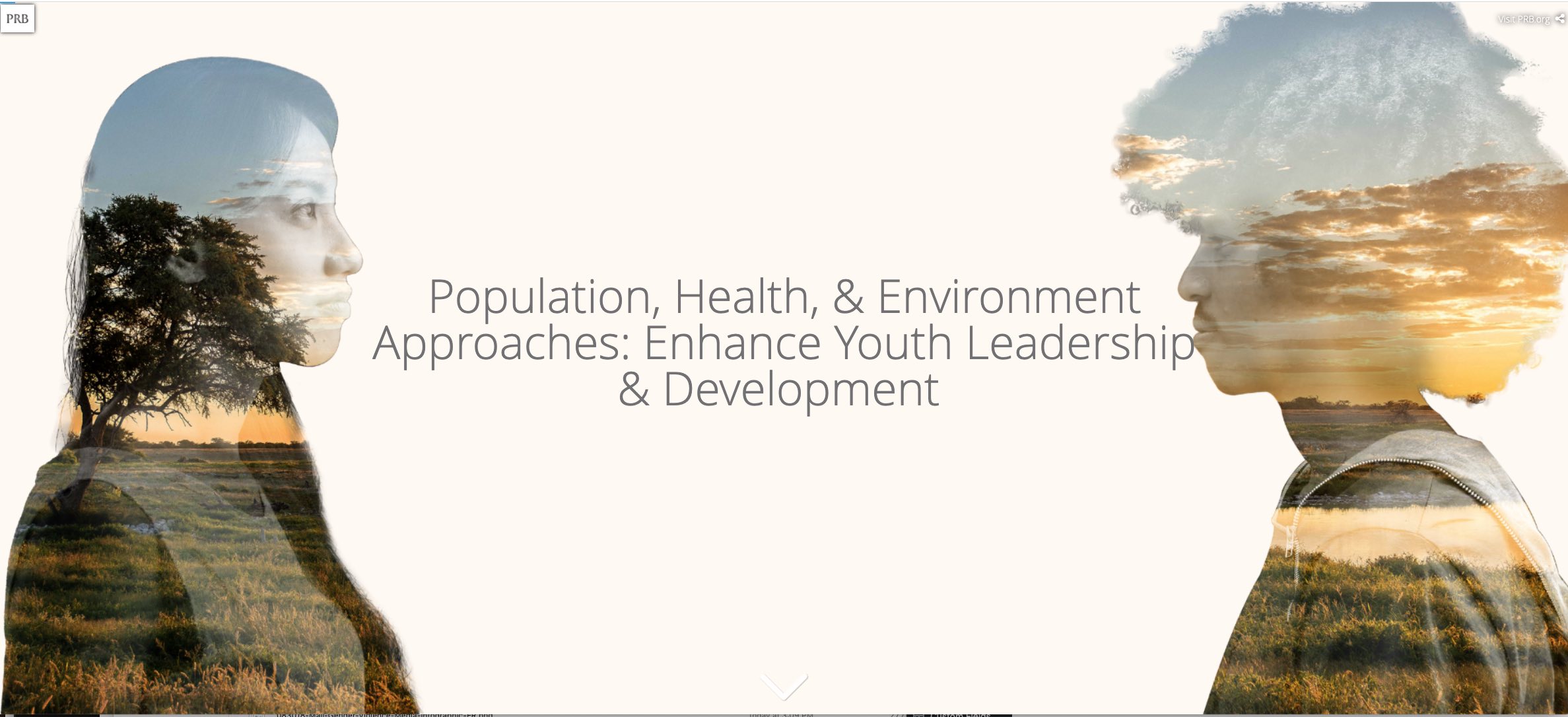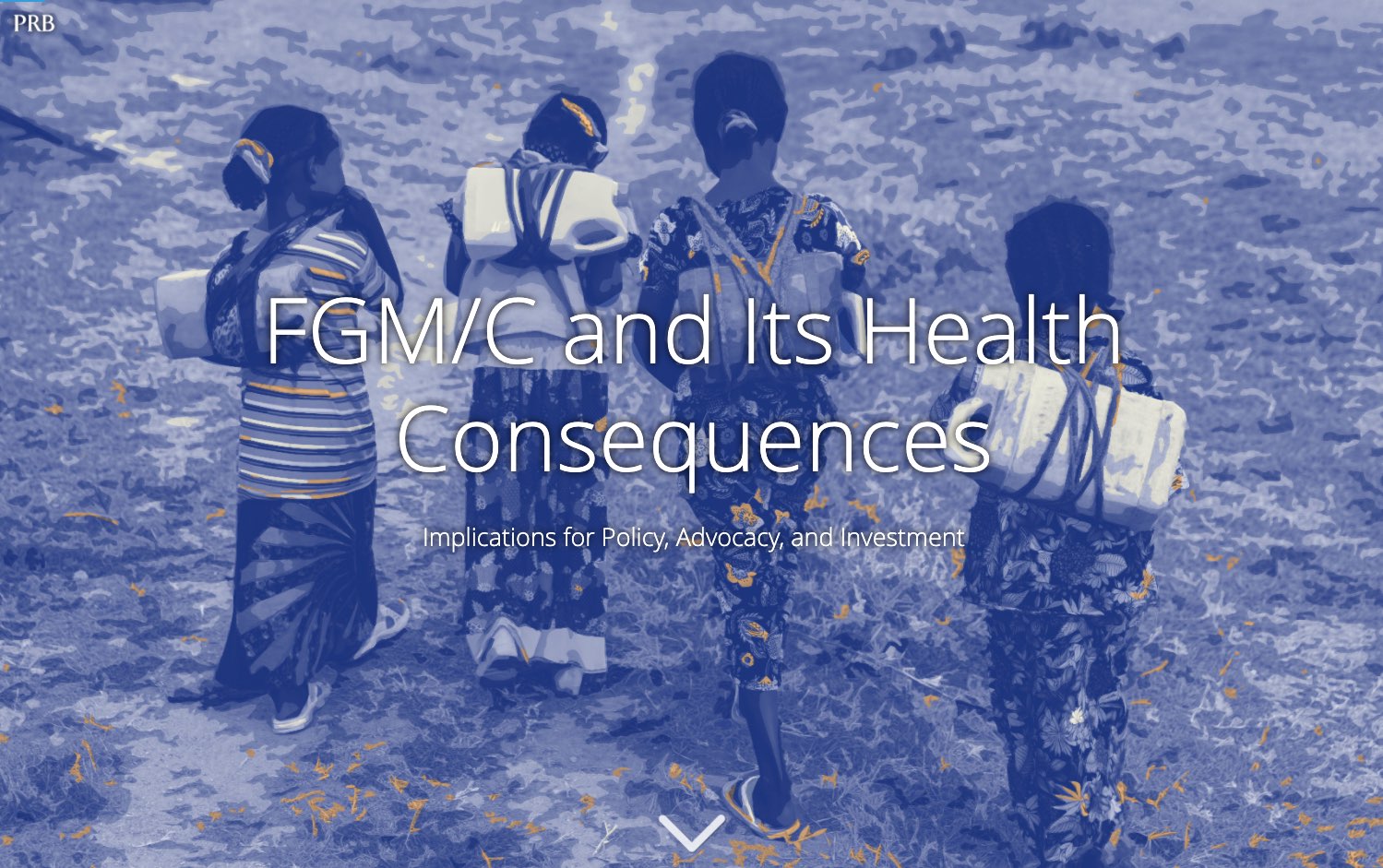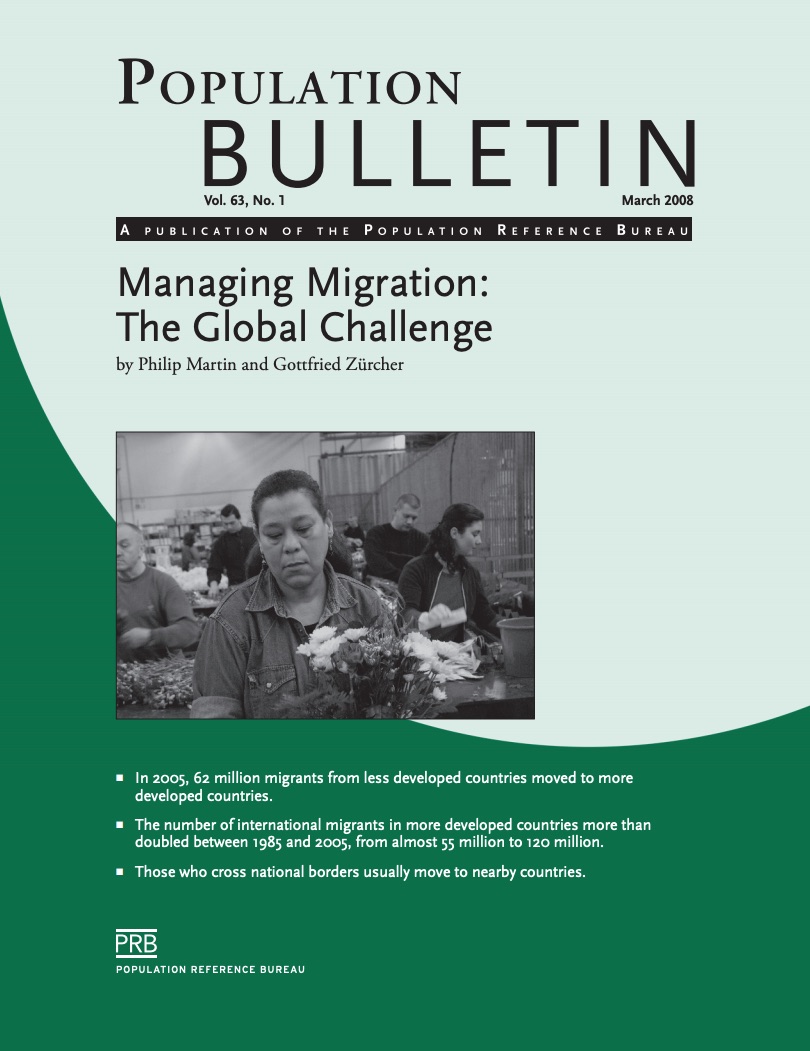PopWire: Younger U.S. Baby Boomers Less Likely to Divorce by 40 Than Older Boomers
(2007) The share of baby-boomer men who divorced by age 40 fell from a high of 29.2 percent of those born from 1945 to 1949 to 25.4 percent of later baby boomers born between 1960 and 1964.





